Home>Home Appliances>Heating & Cooling>What Service Should Be Performed On A Central Air And Hot Air Heating
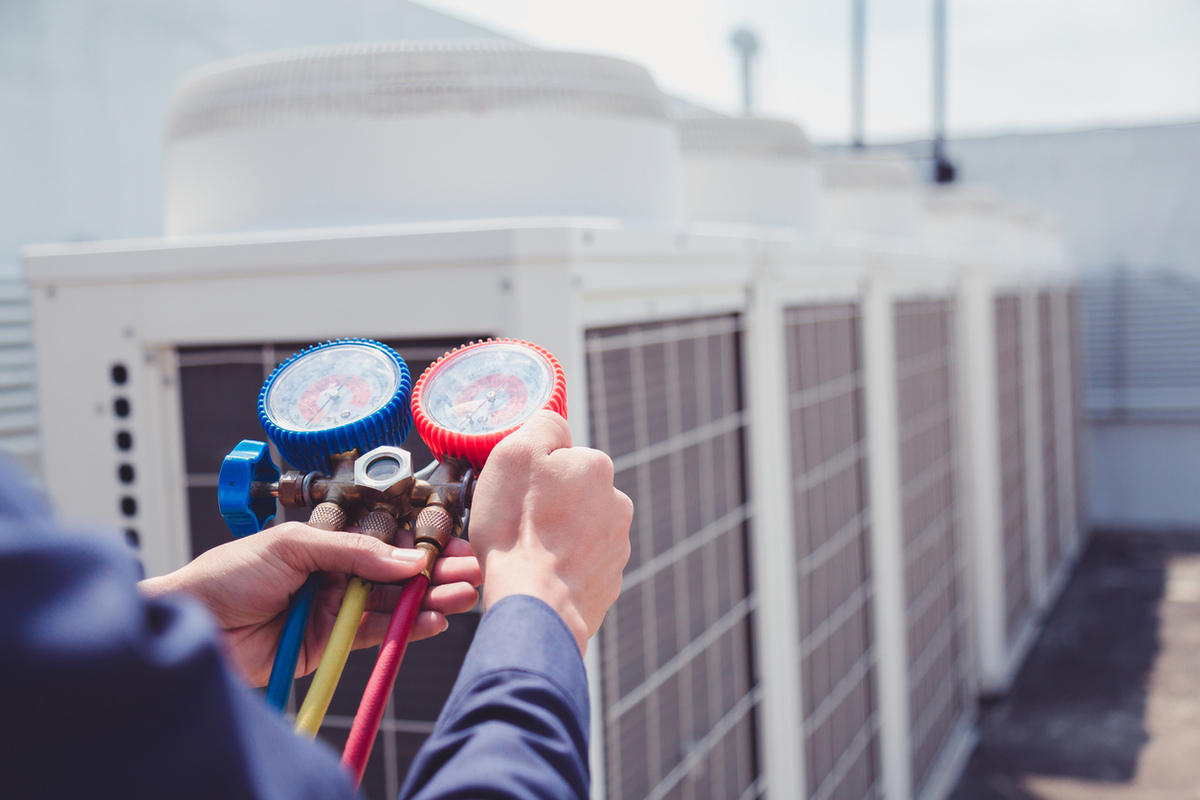

Heating & Cooling
What Service Should Be Performed On A Central Air And Hot Air Heating
Modified: October 20, 2024
Ensure optimal performance and efficiency of your central air and hot air heating system with our comprehensive heating and cooling service. Contact us for expert maintenance and repairs.
(Many of the links in this article redirect to a specific reviewed product. Your purchase of these products through affiliate links helps to generate commission for Storables.com, at no extra cost. Learn more)
Introduction
Maintaining a comfortable indoor environment is a top priority for many homeowners, and a crucial aspect of achieving this is ensuring the optimal performance of central air conditioning and hot air heating systems. These systems play a pivotal role in regulating indoor temperatures, providing relief from scorching summer heat and bone-chilling winter cold. However, to keep these systems operating efficiently, it is essential to perform regular maintenance and service tasks. By doing so, homeowners can not only enhance the longevity and performance of their HVAC systems but also ensure a healthier and more comfortable living environment for their families.
In this comprehensive guide, we will delve into the essential maintenance tasks that should be performed on central air conditioning and hot air heating systems. From cleaning and replacing air filters to inspecting and cleaning evaporator and condenser coils, each maintenance task plays a crucial role in optimizing the functionality and efficiency of these systems. By understanding and implementing these maintenance procedures, homeowners can mitigate potential issues, reduce energy consumption, and ultimately save on repair and replacement costs in the long run.
As we embark on this journey through the intricacies of HVAC maintenance, it's important to recognize the significance of these systems in our daily lives. Whether it's the refreshing coolness of air conditioning on a sweltering summer day or the cozy warmth of a well-heated home during the winter months, our HVAC systems are the unsung heroes that keep us comfortable year-round. Therefore, it's imperative to give them the care and attention they deserve to ensure they continue to serve us faithfully.
So, let's roll up our sleeves and explore the vital maintenance tasks that will keep our central air conditioning and hot air heating systems in prime condition, allowing us to enjoy the comfort and tranquility of our homes without any unwelcome surprises.
Key Takeaways:
- Regularly cleaning and replacing air filters is crucial for maintaining indoor air quality and improving HVAC system efficiency, leading to a healthier and more comfortable home environment.
- Checking and sealing duct leaks helps to prevent energy wastage and ensures consistent comfort by effectively delivering conditioned air throughout the home.
Cleaning and Replacing Air Filters
One of the most fundamental yet often overlooked maintenance tasks for central air conditioning and hot air heating systems is the regular cleaning and replacement of air filters. These filters play a pivotal role in maintaining indoor air quality and ensuring the efficient operation of the HVAC system. Over time, air filters accumulate dust, dirt, pollen, and other airborne particles, which can obstruct airflow and diminish the system's performance. Therefore, it is imperative to adhere to a consistent schedule for cleaning or replacing air filters to uphold the optimal functionality of the HVAC system.
When air filters become clogged with debris, they impede the smooth flow of air through the system, forcing the HVAC unit to work harder to maintain the desired temperature. This increased workload not only leads to higher energy consumption but also places unnecessary strain on the system, potentially resulting in premature wear and tear. By routinely cleaning or replacing air filters, homeowners can alleviate this strain, improve energy efficiency, and prolong the lifespan of their HVAC equipment.
The frequency of cleaning or replacing air filters depends on various factors, including the type of filter, the level of airborne contaminants in the home, and the presence of pets. As a general guideline, standard disposable filters should be inspected monthly and replaced every 1-3 months, while more advanced filters, such as electrostatic or HEPA filters, may have longer lifespans but still require periodic maintenance.
To clean or replace air filters, homeowners should first turn off the HVAC system to ensure safety and prevent the circulation of airborne particles during the process. For disposable filters, they can simply be removed and replaced with new ones of the same size and type. Alternatively, reusable filters can be cleaned according to the manufacturer's instructions, typically involving gentle washing with water and mild detergent, followed by thorough drying before reinstallation.
By prioritizing the cleaning and replacement of air filters, homeowners can not only optimize the performance of their central air conditioning and hot air heating systems but also promote healthier indoor air quality for their families. This simple yet impactful maintenance task serves as a cornerstone of HVAC care, contributing to energy efficiency, system longevity, and overall comfort within the home.
Checking and Cleaning Air Ducts
Checking and cleaning air ducts is a crucial aspect of maintaining a healthy and efficient central air conditioning and hot air heating system. Over time, air ducts can accumulate dust, debris, mold, and other contaminants, which not only compromise indoor air quality but also hinder the airflow and efficiency of the HVAC system. Therefore, regular inspection and cleaning of air ducts are essential to ensure the optimal performance of the entire system.
When air ducts become clogged with debris, it restricts the flow of air, forcing the HVAC system to work harder to distribute conditioned air throughout the home. This increased workload not only leads to higher energy consumption but also diminishes the system's ability to maintain consistent temperatures, resulting in potential discomfort for occupants. Moreover, the presence of contaminants in the air ducts can contribute to poor indoor air quality, triggering allergies and respiratory issues for individuals within the home.
To begin the process of checking and cleaning air ducts, homeowners can start by visually inspecting the accessible sections of the ductwork for any signs of dust buildup, mold, or debris. Additionally, they can use a flashlight to peer into the ducts and check for any obstructions or accumulations that may impede airflow. If visible contaminants are present, or if there are indications of mold growth, it is advisable to enlist the services of a professional HVAC technician to conduct a thorough inspection and cleaning.
Professional duct cleaning involves the use of specialized equipment to remove accumulated debris and contaminants from the ductwork, including powerful vacuums, brushes, and air whips. This comprehensive cleaning process not only improves airflow and system efficiency but also contributes to better indoor air quality, creating a healthier living environment for occupants.
In addition to professional duct cleaning, homeowners can take proactive measures to prevent the buildup of contaminants in the air ducts. This includes regularly vacuuming and dusting the home, using high-quality air filters, and scheduling routine HVAC maintenance to address any potential issues before they escalate.
By prioritizing the checking and cleaning of air ducts, homeowners can ensure that their central air conditioning and hot air heating systems operate at peak efficiency, delivering optimal comfort and air quality throughout the home. This proactive approach to duct maintenance not only enhances the performance and longevity of the HVAC system but also promotes a healthier and more comfortable living environment for the entire household.
Inspecting and Cleaning Evaporator and Condenser Coils
Inspecting and cleaning the evaporator and condenser coils is a critical maintenance task that significantly impacts the efficiency and performance of central air conditioning and hot air heating systems. The evaporator coil, located inside the indoor air handler, plays a key role in absorbing heat from the indoor air, while the condenser coil, situated in the outdoor unit, releases that heat outside. Over time, these coils can become coated with dirt, dust, and other debris, hindering their ability to transfer heat effectively. As a result, the HVAC system may struggle to maintain desired indoor temperatures, leading to increased energy consumption and potential system malfunctions.
To begin the inspection and cleaning process, homeowners should first ensure that the power to the HVAC system is turned off to prevent any accidents or damage during the maintenance procedure. The access panels to the evaporator and condenser coils can then be carefully removed to expose the components for inspection. Upon visual examination, if the coils are found to be coated with dirt or debris, it is imperative to proceed with thorough cleaning to restore their optimal functionality.
Cleaning the evaporator and condenser coils involves a meticulous process to remove accumulated contaminants and restore their heat transfer efficiency. For the evaporator coil, a soft brush or a specialized coil cleaning solution can be used to gently remove the buildup of dirt and grime. It is essential to exercise caution and avoid bending or damaging the delicate fins of the coil during the cleaning process. Additionally, the condensate pan beneath the evaporator coil should be inspected and cleaned to prevent mold or algae growth, which can impede proper drainage and lead to water damage.
When it comes to the condenser coil, it is crucial to remove any debris, such as leaves, grass clippings, or dirt, that may have accumulated around the outdoor unit. This can be achieved by carefully using a soft brush or a low-pressure air compressor to dislodge and remove the debris without causing damage to the coil fins. Additionally, the surrounding area should be kept clear of vegetation and other obstructions to ensure adequate airflow to the outdoor unit.
By diligently inspecting and cleaning the evaporator and condenser coils, homeowners can optimize the heat transfer efficiency of their central air conditioning and hot air heating systems, leading to improved energy efficiency and overall performance. This proactive maintenance approach not only contributes to lower energy bills but also extends the lifespan of the HVAC equipment, allowing homeowners to enjoy consistent comfort and climate control within their homes.
Checking and Adjusting Refrigerant Levels
Maintaining the optimal refrigerant levels in a central air conditioning system is paramount to its efficient operation. Refrigerant serves as the lifeblood of the cooling process, absorbing heat from indoor air and releasing it outside. However, over time, refrigerant levels can deplete due to factors such as leaks or improper initial installation. When refrigerant levels are insufficient, the system's ability to cool the indoor air is compromised, leading to increased energy consumption and potential damage to the compressor.
To begin the process of checking and adjusting refrigerant levels, it is essential to engage the services of a qualified HVAC technician. This professional is equipped with the expertise and specialized tools necessary to accurately assess the refrigerant levels and make any necessary adjustments. The technician will start by conducting a thorough inspection of the refrigerant lines and connections to identify any potential leaks or irregularities. If leaks are detected, they will be promptly repaired to prevent further refrigerant loss.
Once the system is deemed leak-free, the technician will proceed to measure the refrigerant levels using a pressure gauge and thermometer. This process involves attaching the gauges to the service valves on the refrigerant lines to assess the system's operating pressure and temperature. By comparing these readings to the manufacturer's specifications, the technician can determine whether the refrigerant levels are within the recommended range.
If the refrigerant levels are found to be low, the technician will proceed with adding the appropriate amount of refrigerant to restore the system to its optimal operating capacity. This task requires precision and expertise to ensure that the correct amount of refrigerant is added, as both undercharging and overcharging can lead to performance issues and potential damage to the system.
In addition to replenishing refrigerant levels, the technician will also inspect the overall condition of the system, including the compressor, evaporator coil, and condenser unit, to ensure that all components are functioning properly. This comprehensive assessment allows for the identification of any underlying issues that may be contributing to the refrigerant loss or system inefficiency.
By entrusting the checking and adjustment of refrigerant levels to a qualified HVAC technician, homeowners can rest assured that their central air conditioning system will operate at peak efficiency, delivering consistent and reliable cooling performance. This proactive approach not only contributes to lower energy consumption and reduced operating costs but also extends the lifespan of the HVAC equipment, providing long-term comfort and climate control for the home.
It is recommended to have your central air and hot air heating system serviced annually to ensure it is running efficiently. This includes cleaning or replacing filters, checking for any leaks or blockages, and inspecting the overall condition of the system. Regular maintenance can help prevent costly repairs and improve the lifespan of your HVAC system.
Inspecting and Lubricating Moving Parts
Inspecting and lubricating the moving parts of a central air conditioning and hot air heating system is a critical maintenance task that directly impacts the overall performance and longevity of the HVAC equipment. The various moving components within the system, including motors, bearings, and fan blades, are subjected to continuous friction and wear during operation. Without proper lubrication and regular inspection, these moving parts can experience increased friction, leading to inefficiency, premature wear, and potential system malfunctions.
To initiate the process of inspecting and lubricating moving parts, homeowners should first ensure that the power to the HVAC system is turned off to prevent any accidents or injuries during the maintenance procedure. Once the system is safely powered down, the access panels to the moving parts, such as the blower motor and fan assembly, can be carefully removed to provide access for inspection and lubrication.
During the inspection phase, homeowners should visually examine the moving parts for signs of wear, damage, or excessive dirt accumulation. This includes checking the condition of belts, pulleys, and bearings, as well as ensuring that the fan blades are free from debris and securely fastened to the motor shaft. Any indications of wear, misalignment, or unusual noise during operation should be noted for further evaluation and potential repair or replacement.
Following the thorough inspection, the next step involves the meticulous lubrication of the moving parts to minimize friction and ensure smooth operation. Each component may require specific types of lubricants, such as oil or grease, as recommended by the manufacturer. It is crucial to adhere to the manufacturer's guidelines regarding the type and quantity of lubricant to be applied to each moving part, as over-lubrication can be as detrimental as insufficient lubrication.
The application of lubricants to the moving parts serves to reduce friction, minimize wear, and promote efficient operation of the HVAC system. Properly lubricated components experience less resistance during operation, leading to lower energy consumption and extended lifespan of the equipment. Additionally, the reduction of friction through lubrication contributes to quieter operation, enhancing the overall comfort and tranquility within the home.
By diligently inspecting and lubricating the moving parts of the central air conditioning and hot air heating system, homeowners can ensure that their HVAC equipment operates at peak efficiency, delivering reliable performance and comfort throughout the year. This proactive maintenance approach not only contributes to lower energy bills and reduced operating costs but also extends the lifespan of the HVAC equipment, providing long-term comfort and climate control for the home.
Testing Thermostat Functionality
Testing the functionality of the thermostat is a crucial aspect of maintaining an efficient and reliable central air conditioning and hot air heating system. The thermostat serves as the command center for regulating indoor temperatures, allowing homeowners to set and maintain their desired climate conditions. However, over time, thermostats can experience issues that affect their accuracy and performance, leading to inefficiencies and discomfort within the home. Therefore, conducting regular tests to ensure the proper functionality of the thermostat is essential for optimizing the overall operation of the HVAC system.
To begin the process of testing thermostat functionality, homeowners should first verify that the thermostat is receiving power and displaying the correct time and temperature settings. This initial check ensures that the thermostat is operational and accurately reflecting the indoor climate conditions. If the thermostat is battery-powered, it is important to replace the batteries regularly to prevent potential disruptions in its functionality.
Once the basic functionality of the thermostat is confirmed, the next step involves testing its responsiveness to temperature adjustments. Homeowners can do this by manually adjusting the temperature settings on the thermostat and observing the corresponding response from the HVAC system. When lowering the temperature, the air conditioning should activate, while raising the temperature should prompt the heating system to engage. This test helps ensure that the thermostat effectively communicates with the HVAC equipment, initiating the appropriate heating or cooling cycles as needed.
In addition to temperature adjustments, homeowners should also test the functionality of any programmable or smart features incorporated into the thermostat. This includes setting schedules, adjusting fan settings, and activating energy-saving modes. By testing these advanced functionalities, homeowners can ensure that the thermostat operates as intended, providing convenient and energy-efficient climate control for their homes.
Furthermore, it is advisable to check for any discrepancies between the temperature displayed on the thermostat and the actual room temperature. This can be done using a separate thermometer placed near the thermostat to compare readings. Any significant disparities may indicate a need for recalibration or replacement of the thermostat to maintain accurate temperature control.
By regularly testing the functionality of the thermostat, homeowners can identify and address any issues that may compromise the performance of their central air conditioning and hot air heating system. This proactive approach not only promotes energy efficiency and consistent comfort but also allows for timely maintenance or replacement of the thermostat when necessary, ensuring reliable climate control within the home.
Checking and Sealing Duct Leaks
Checking and sealing duct leaks is a critical maintenance task that significantly impacts the efficiency and performance of central air conditioning and hot air heating systems. The ductwork serves as the circulatory system of the HVAC system, responsible for distributing conditioned air throughout the home. However, over time, air ducts can develop leaks or gaps, allowing valuable conditioned air to escape into unconditioned spaces such as attics, basements, or crawl spaces. This not only leads to energy wastage but also compromises the ability of the HVAC system to maintain consistent indoor temperatures, resulting in potential discomfort for occupants.
To initiate the process of checking and sealing duct leaks, homeowners should first conduct a visual inspection of the accessible sections of the ductwork, paying close attention to joints, connections, and areas where the ducts traverse through unconditioned spaces. Signs of leaks may include visible gaps, loose connections, or evidence of dust and debris accumulation around the duct seams. Additionally, homeowners can also look for indications of temperature differentials or uneven airflow in different areas of the home, which may suggest the presence of duct leaks.
Once potential leaks are identified, the next step involves sealing the ductwork to prevent further air loss and improve system efficiency. This can be achieved using specialized duct sealant or mastic, which is applied to the seams and joints of the ductwork to create an airtight seal. It is essential to use sealants that are specifically designed for HVAC applications, as they adhere well to metal ductwork and remain durable over time.
In addition to sealing visible leaks, homeowners should also consider insulating the ductwork, especially in unconditioned spaces, to minimize heat transfer and further enhance energy efficiency. Insulation helps to maintain the temperature of the conditioned air as it travels through the ducts, reducing the workload on the HVAC system and promoting more consistent indoor comfort.
By diligently checking and sealing duct leaks, homeowners can significantly improve the efficiency and performance of their central air conditioning and hot air heating systems. This proactive maintenance approach not only contributes to lower energy consumption and reduced operating costs but also ensures that conditioned air is effectively delivered to all areas of the home, providing consistent comfort and climate control for the entire household.
Inspecting and Cleaning Blower Motor
The blower motor is a vital component of a central air conditioning and hot air heating system, responsible for circulating conditioned air throughout the home. Over time, the blower motor can accumulate dust, dirt, and debris, which can impede its performance and efficiency. Therefore, conducting regular inspections and cleaning of the blower motor is essential to ensure the optimal operation of the HVAC system.
To begin the process of inspecting and cleaning the blower motor, homeowners should first ensure that the power to the HVAC system is turned off to prevent any accidents or injuries during the maintenance procedure. Once the system is safely powered down, the access panels to the blower motor can be carefully removed to provide access for inspection and cleaning.
During the inspection phase, homeowners should visually examine the blower motor for signs of dirt buildup, debris accumulation, or any indications of wear or damage. Additionally, the condition of the blower wheel and the motor's bearings should be assessed to ensure smooth and efficient operation. Any irregularities or excessive dirt accumulation should be noted for further evaluation and cleaning.
Once the inspection is complete, the next step involves the meticulous cleaning of the blower motor and its components to restore optimal functionality. This process may include gently brushing away accumulated dirt and debris from the blower wheel, motor housing, and surrounding areas. Additionally, the motor's bearings may require lubrication to minimize friction and ensure smooth operation.
It is important to use caution and appropriate cleaning tools to avoid damaging the delicate components of the blower motor during the cleaning process. Furthermore, adhering to the manufacturer's guidelines regarding the type of cleaning agents and lubricants to be used is crucial to prevent any adverse effects on the motor's performance.
By diligently inspecting and cleaning the blower motor, homeowners can ensure that their central air conditioning and hot air heating systems operate at peak efficiency, delivering consistent and reliable airflow throughout the home. This proactive maintenance approach not only contributes to lower energy consumption and reduced operating costs but also extends the lifespan of the HVAC equipment, providing long-term comfort and climate control for the home.
Read more: What Is The Best Central Air Heating System
Conclusion
In conclusion, the maintenance and service tasks outlined for central air conditioning and hot air heating systems are essential for ensuring optimal performance, energy efficiency, and longevity. By prioritizing these maintenance activities, homeowners can proactively address potential issues, reduce energy consumption, and create a healthier and more comfortable indoor environment for their families.
Regular cleaning and replacement of air filters play a crucial role in maintaining indoor air quality and preventing airflow obstructions, ultimately improving the efficiency of the HVAC system. Additionally, checking and cleaning air ducts contribute to better airflow and air quality, while inspecting and cleaning evaporator and condenser coils optimize heat transfer efficiency, leading to lower energy consumption and extended equipment lifespan.
The importance of checking and adjusting refrigerant levels cannot be overstated, as proper refrigerant levels are vital for efficient cooling and heating processes. Furthermore, inspecting and lubricating moving parts, testing thermostat functionality, and checking and sealing duct leaks are integral to ensuring consistent and reliable operation of the HVAC system.
By adhering to a regular maintenance schedule and addressing any issues promptly, homeowners can avoid costly repairs and premature system replacements, ultimately saving on long-term expenses. Moreover, a well-maintained HVAC system contributes to a more sustainable and energy-efficient home, aligning with environmental conservation efforts.
In essence, the comprehensive maintenance tasks discussed in this guide empower homeowners to take proactive measures in caring for their central air conditioning and hot air heating systems. By investing in regular maintenance, homeowners can enjoy the benefits of enhanced comfort, improved indoor air quality, and reduced energy costs, while also prolonging the lifespan of their HVAC equipment. Ultimately, a well-maintained HVAC system is the cornerstone of a comfortable, healthy, and energy-efficient home environment.
Frequently Asked Questions about What Service Should Be Performed On A Central Air And Hot Air Heating
Was this page helpful?
At Storables.com, we guarantee accurate and reliable information. Our content, validated by Expert Board Contributors, is crafted following stringent Editorial Policies. We're committed to providing you with well-researched, expert-backed insights for all your informational needs.
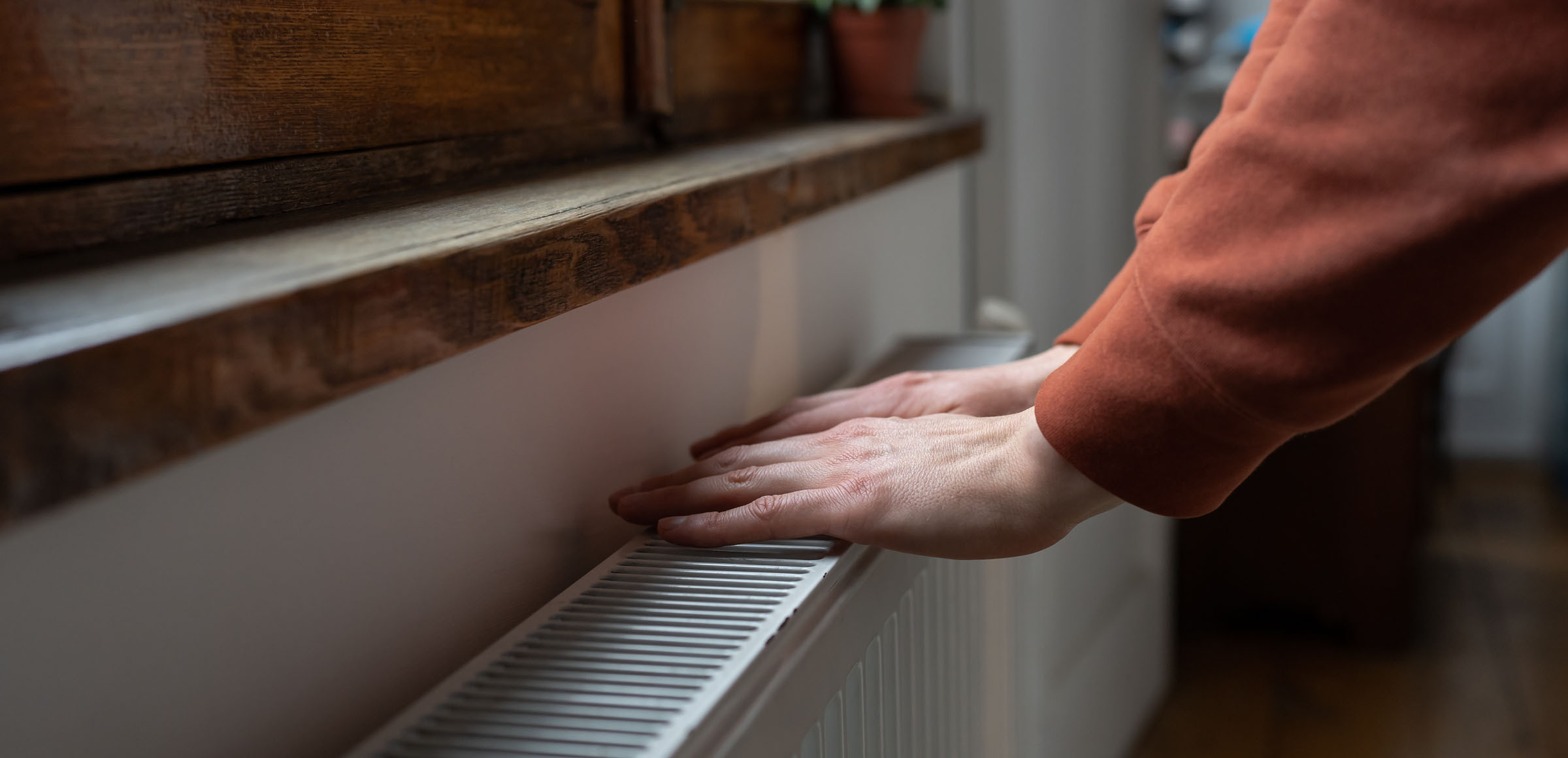
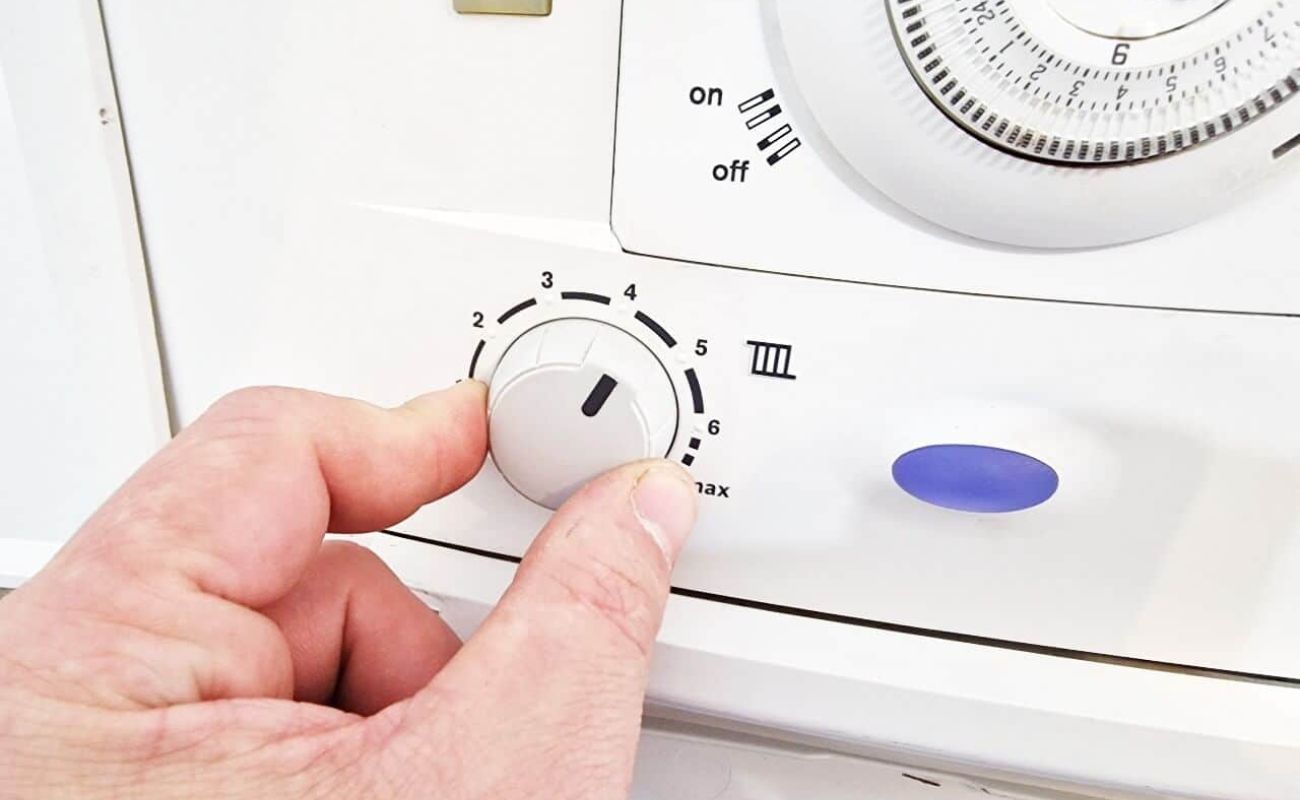
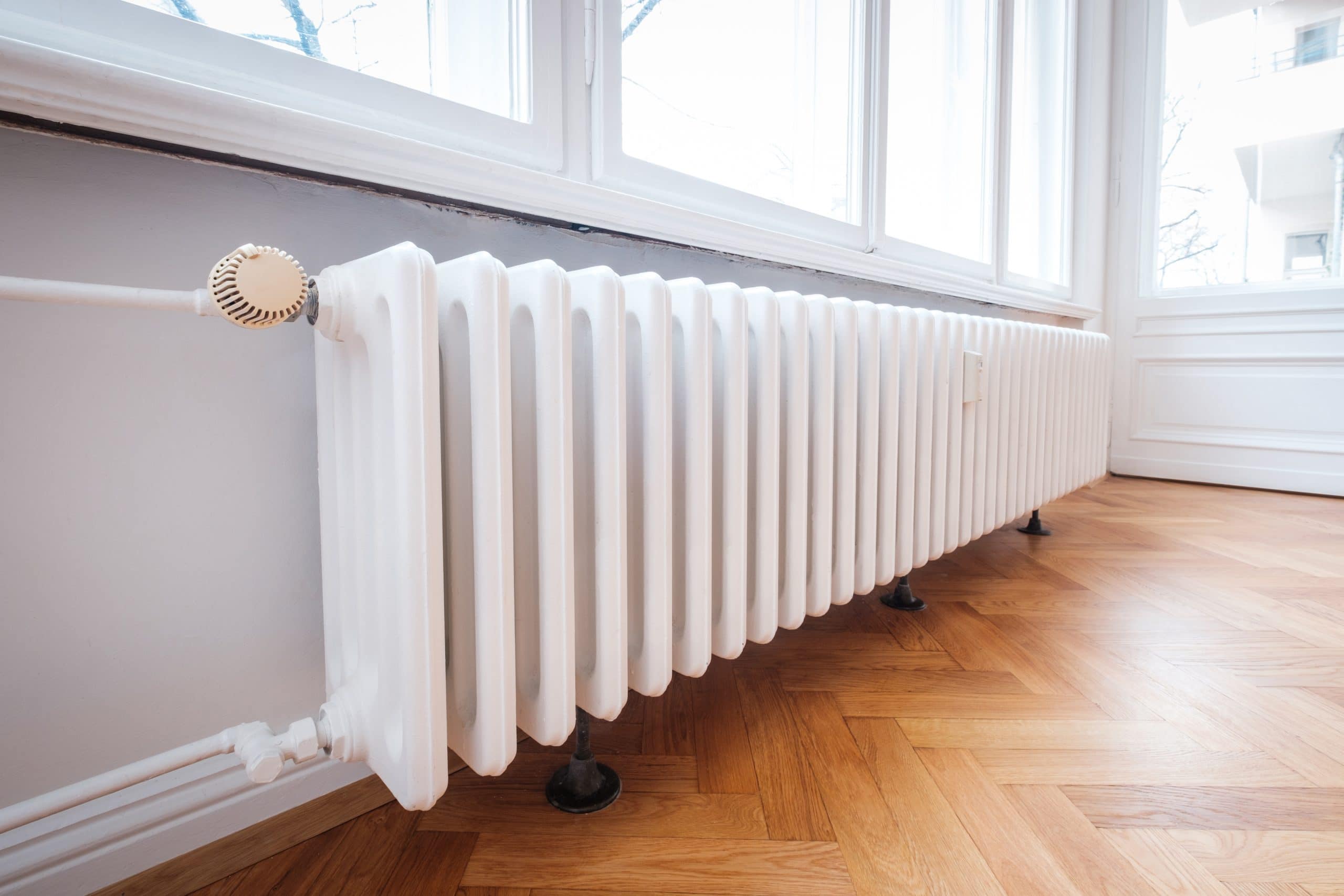
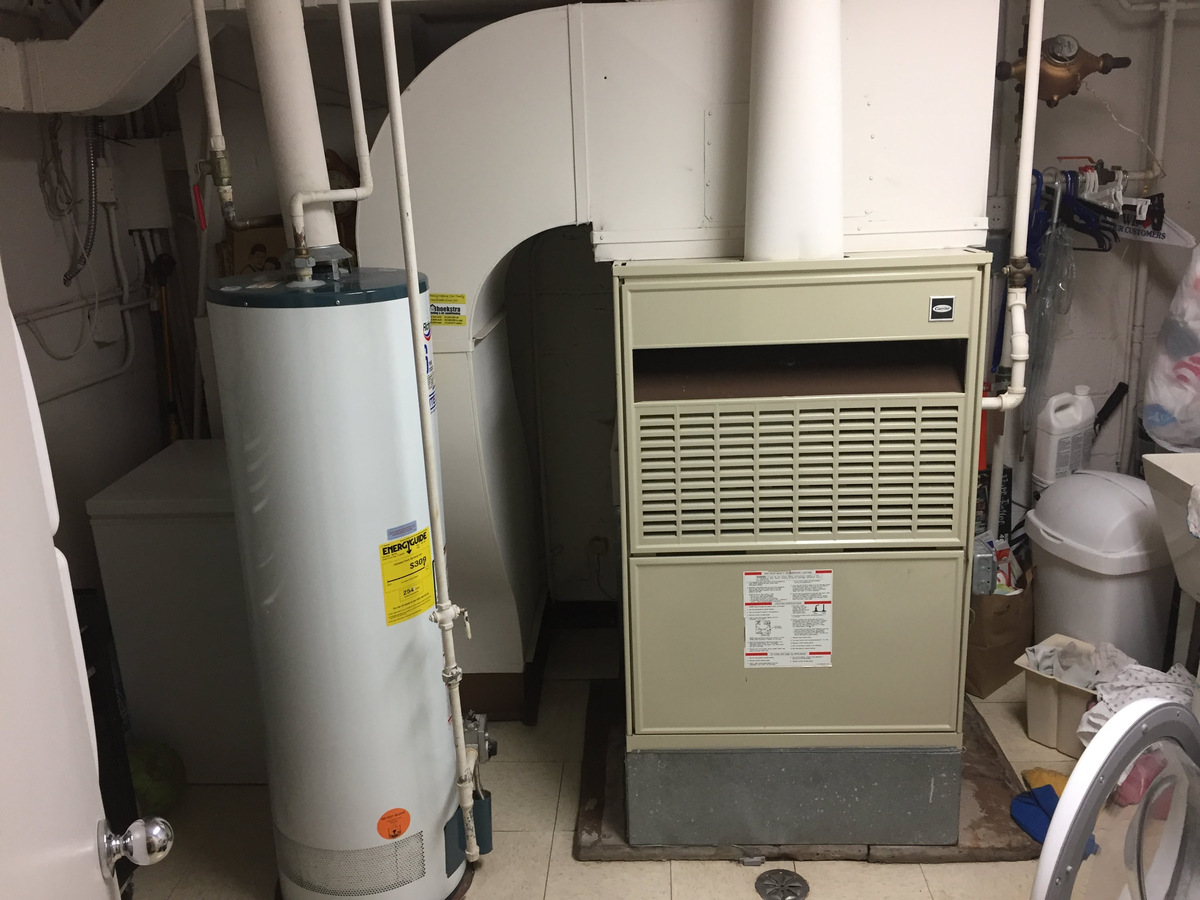
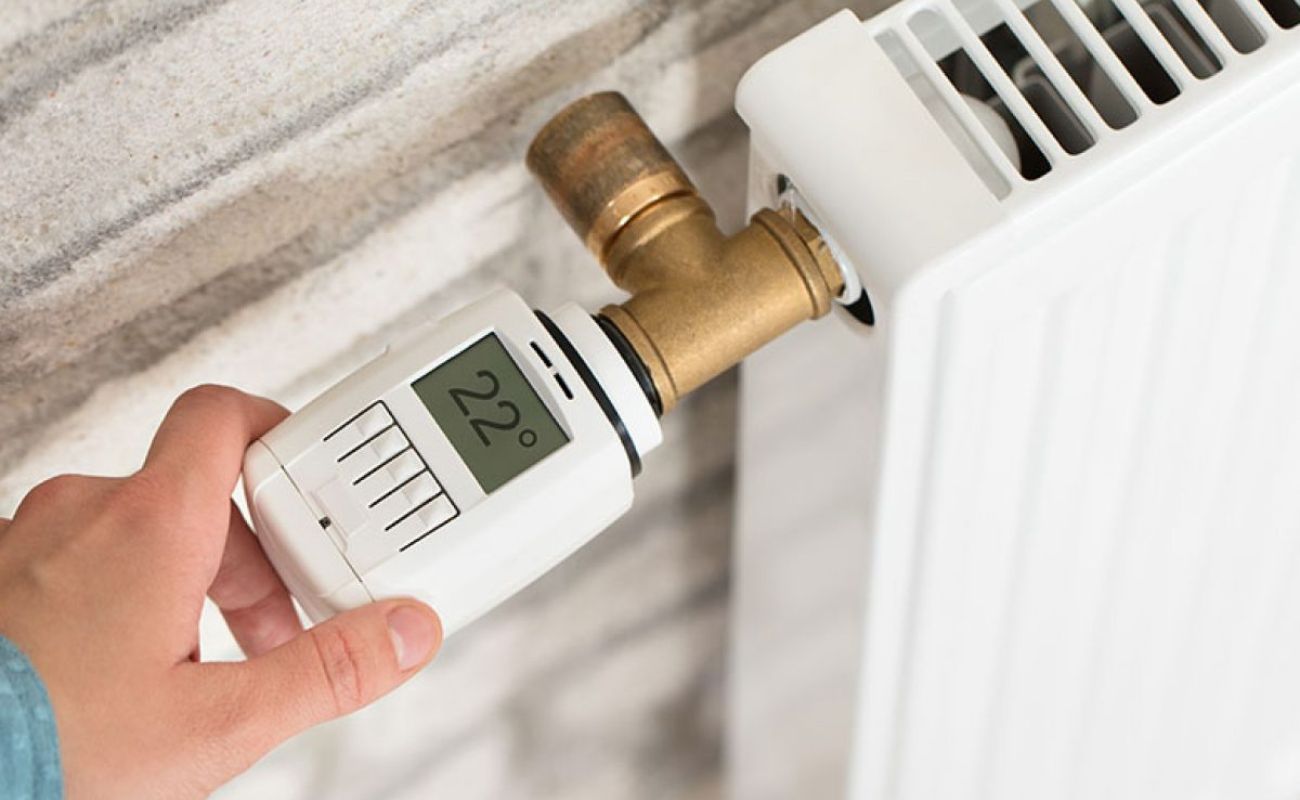
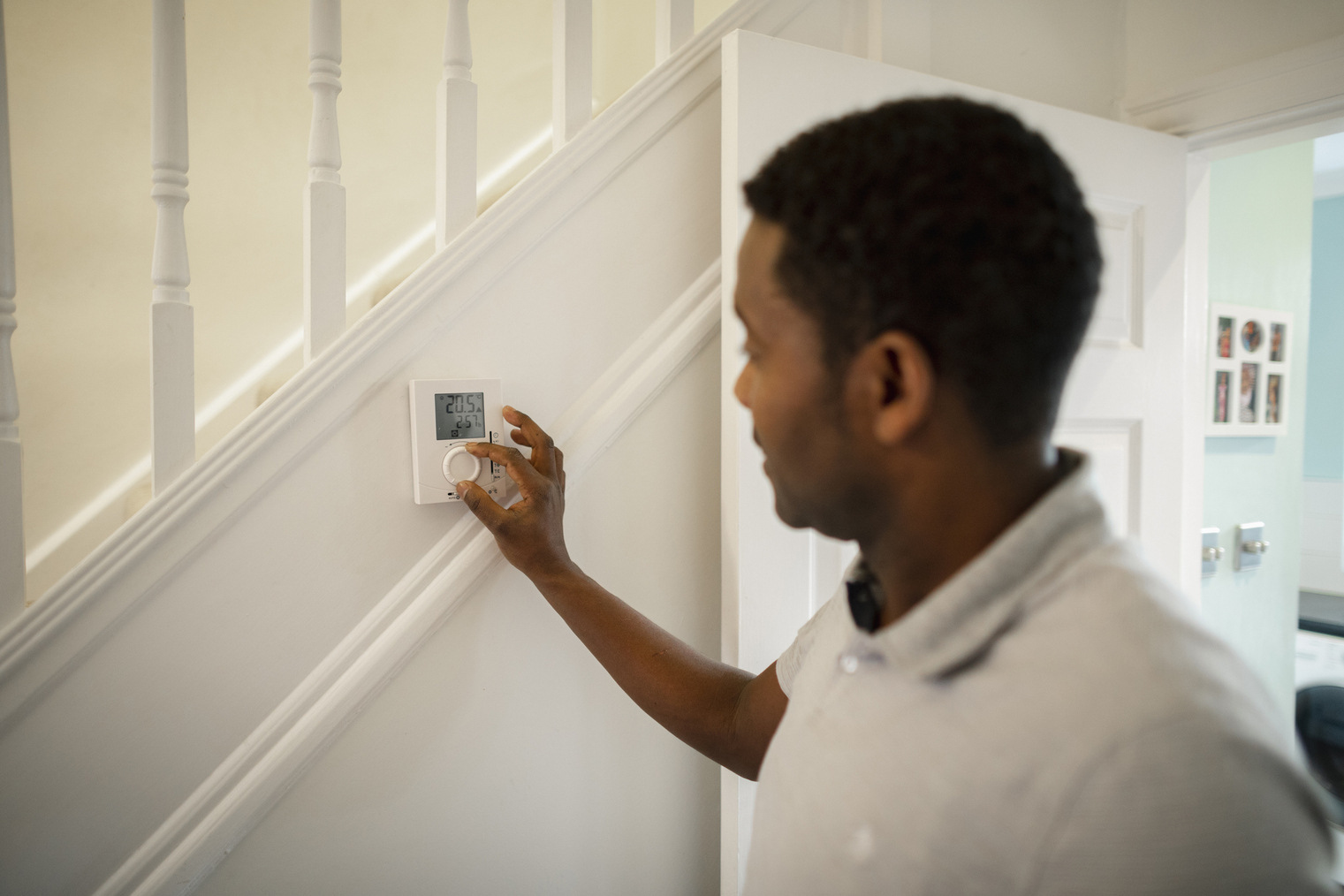
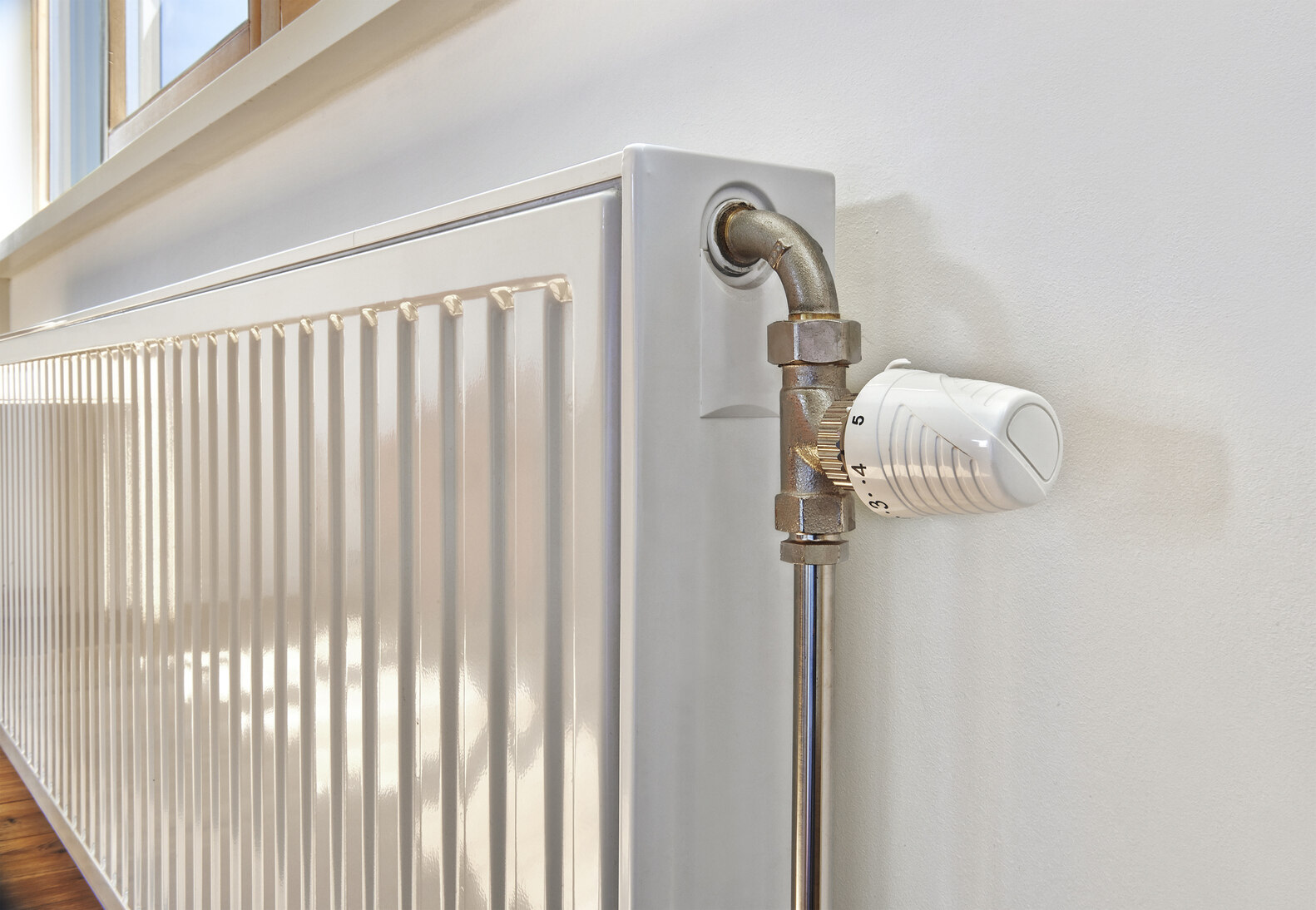
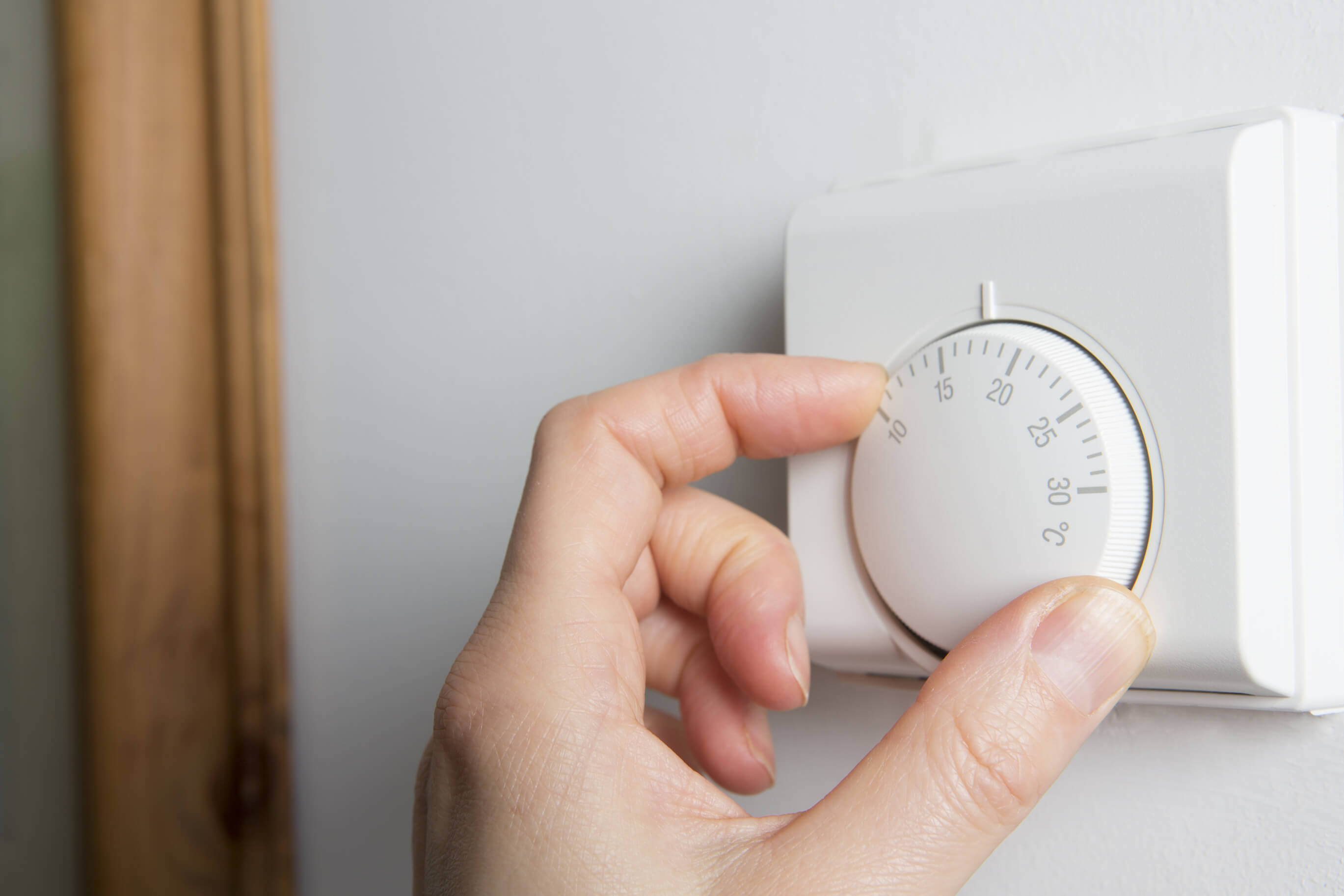
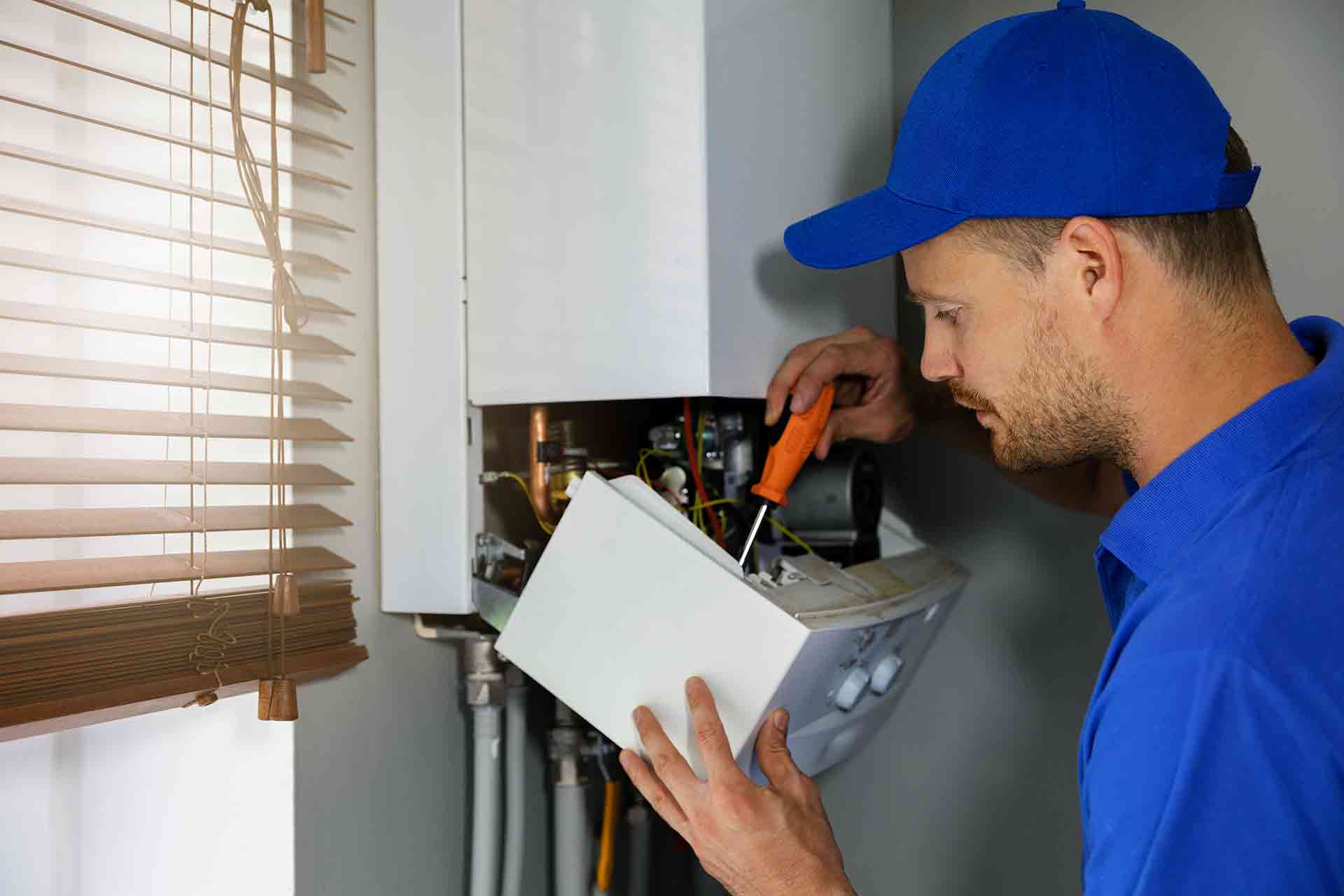

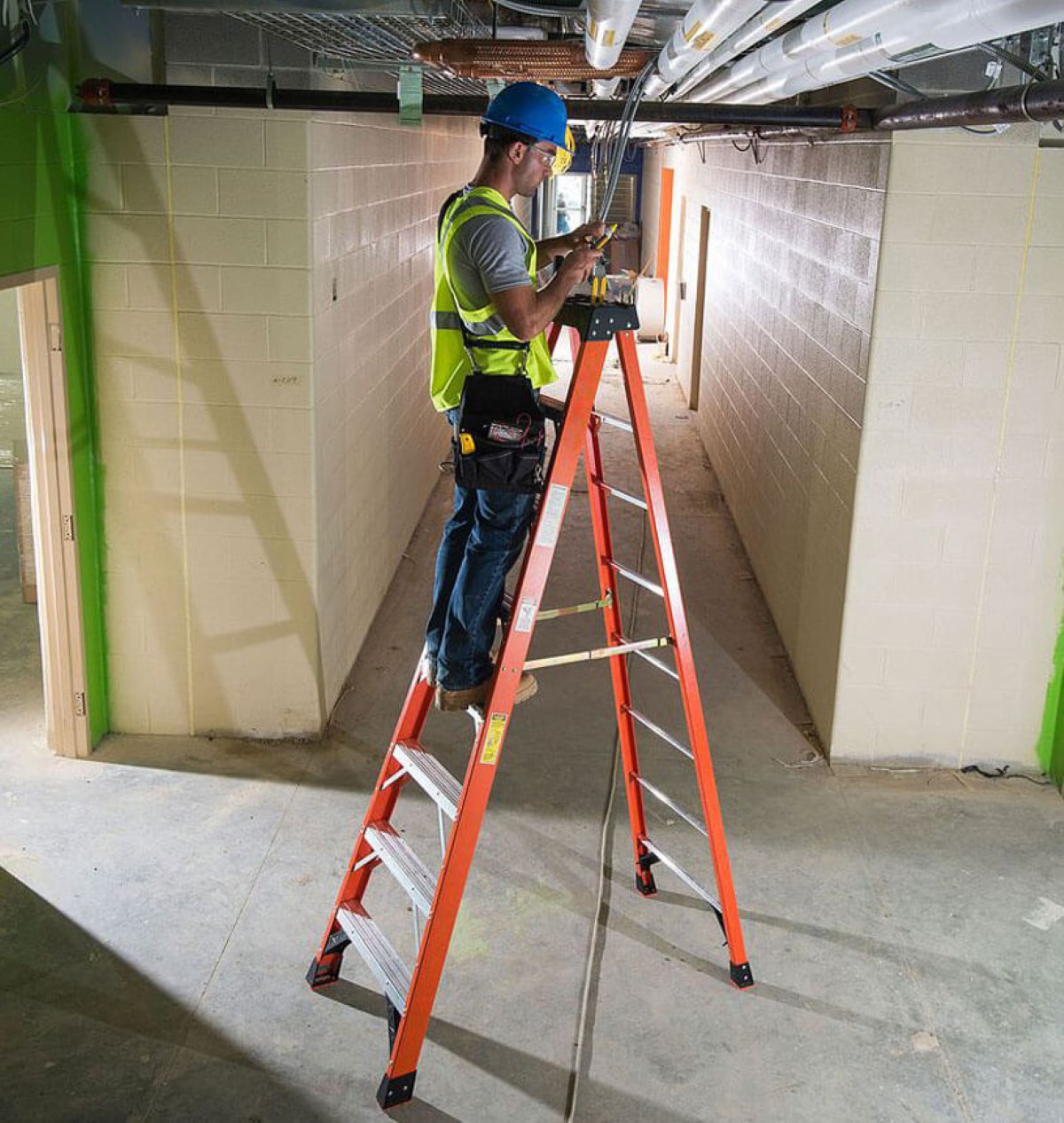
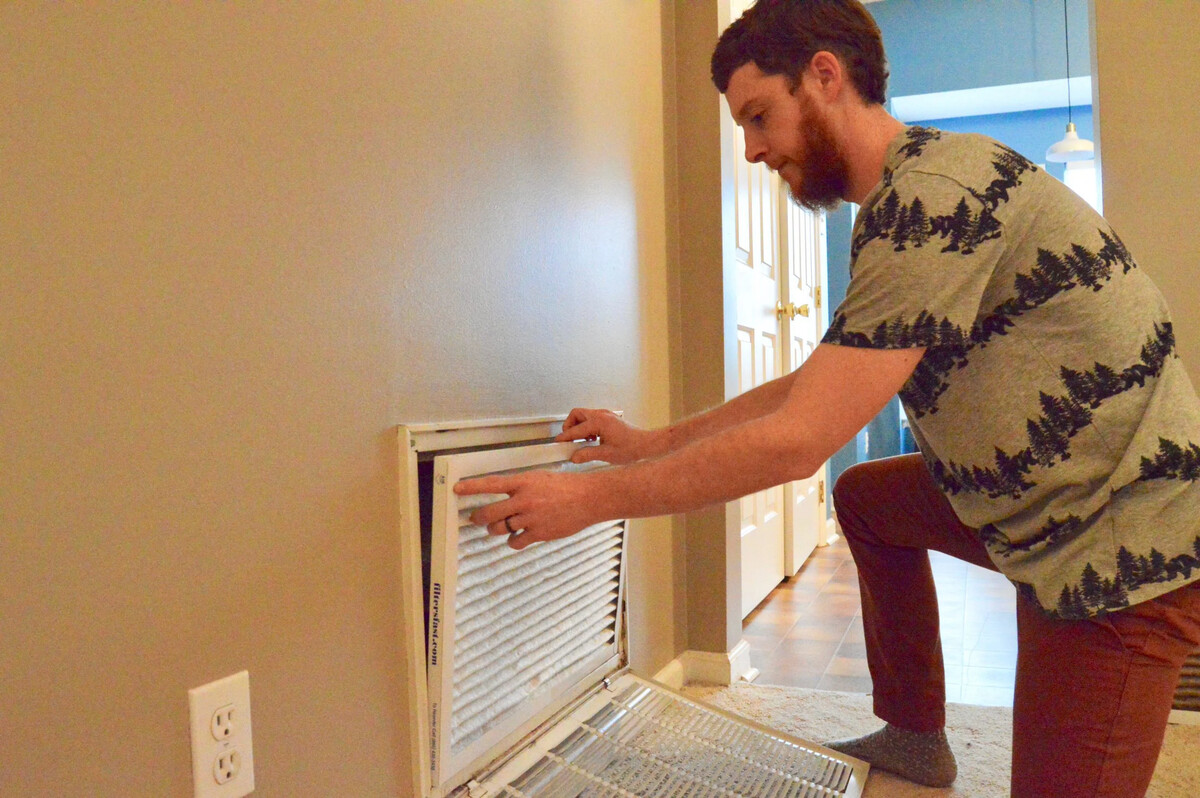
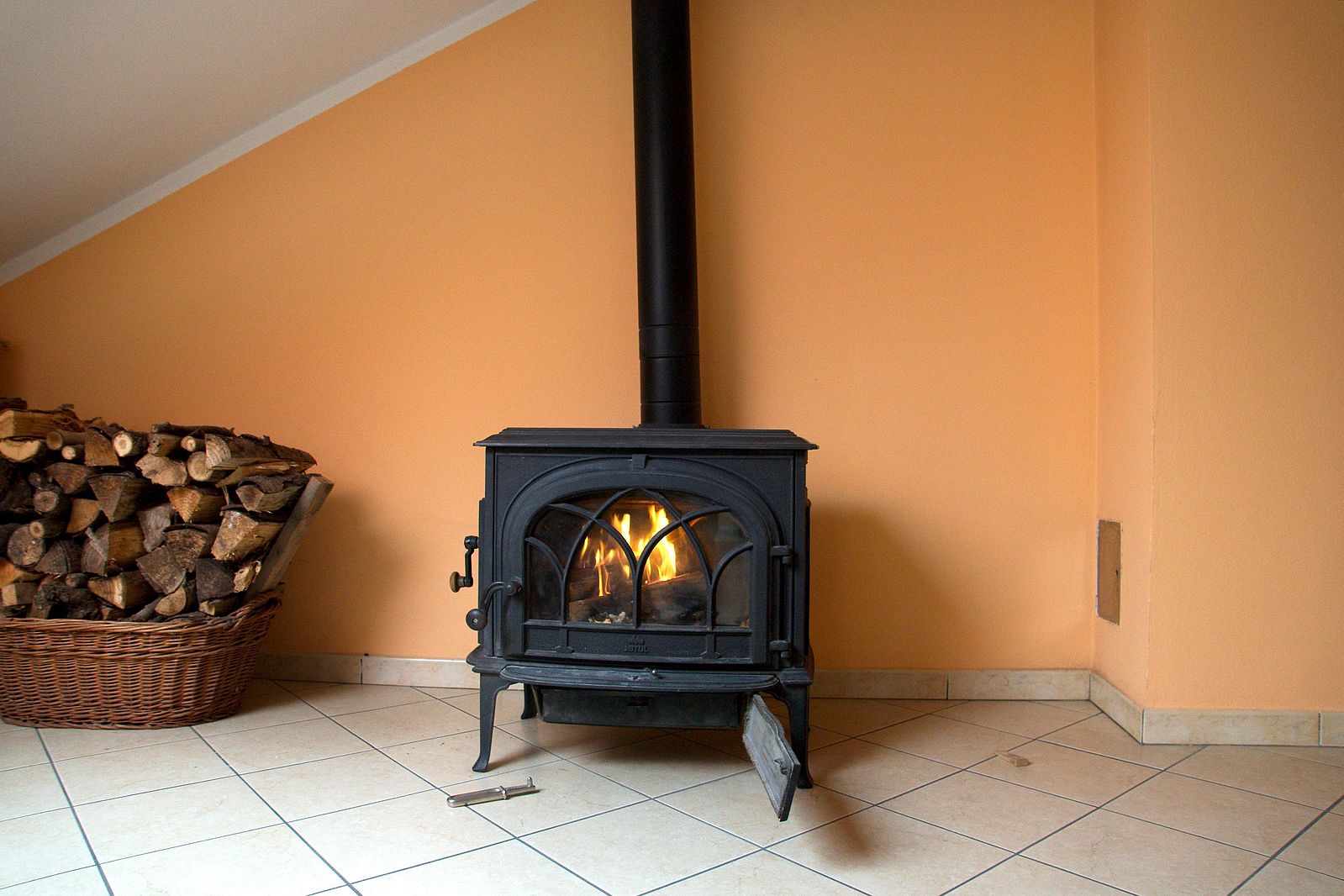

0 thoughts on “What Service Should Be Performed On A Central Air And Hot Air Heating”